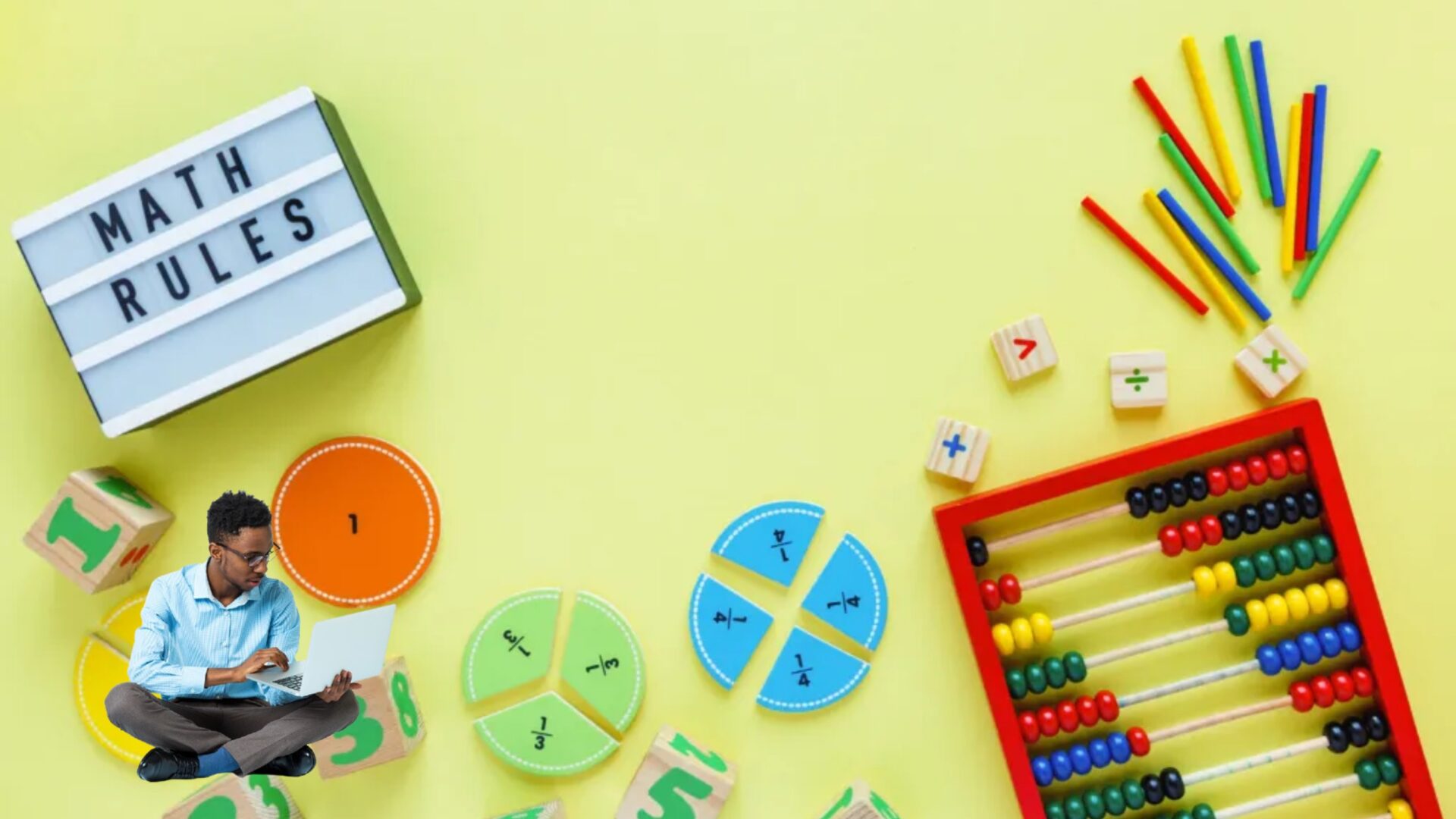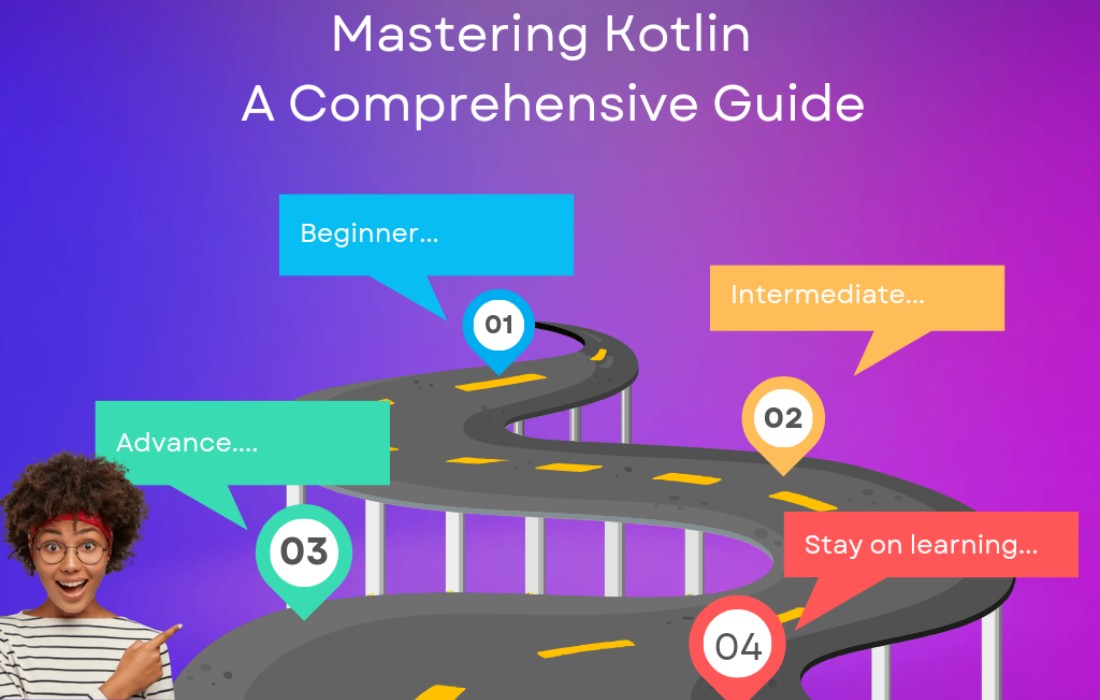Understanding Control Flow in Kotlin: Conditional Statements and Loops
In Kotlin, just like in other programming languages, control flow refers to the process of directing the execution of your program based on certain conditions. Whether you’re checking if a condition is true or iterating over a sequence of values, Kotlin offers several tools to help you manage how your program behaves.
Conditional Expressions: if and when
Conditional expressions are essential for making decisions in your code. Kotlin provides two main ways to check conditions: if and when.
1. Using if as a Conditional Expression
The if statement in Kotlin is quite similar to other languages, but it has a unique feature: it can be used as an expression. This means it can return a value, making it versatile in situations where you want to assign a value conditionally.
Example:
In this example, if a is greater than b, a is returned; otherwise, b is returned.
2. The when Expression
The when expression in Kotlin is similar to a switch-case statement in other languages, but more powerful. It allows you to check multiple conditions in a cleaner way.
Example with when used as a statement:
In this case, depending on the value of obj, the program will print either “One”, “Greeting”, or “Unknown”.
3. Using when as an Expression
Like if, when can also return a value. Here’s an example:
4. when Without a Subject
You can use when without a subject to evaluate conditions directly:
This approach makes your code simpler and cleaner when dealing with multiple conditions.
Loops in Kotlin: Iterating Over Data
Kotlin provides powerful looping structures, such as the for loop and while loop, to handle iterations in your code.
1. The for Loop
The for loop in Kotlin is typically used to iterate over ranges or collections.
Example iterating over a range:
You can also iterate over a collection, such as a list:
2. The while and do-while Loops
Kotlin offers two variations of the while loop. The while loop continues as long as a condition is true, while the do-while loop guarantees that the block of code will execute at least once before checking the condition.
Example of a while loop:
The do-while loop is similar but executes the block of code first, then checks the condition:
Exercises to Practice Control Flow and Loops
Exercise 1: Dice Game
Write a simple game where you roll two dice and check if they match. Use an if statement to print "You win :)" if the dice match or "You lose :(" otherwise.
Exercise 2: Button Actions with when
Using a when expression, print the action corresponding to a game console button press.
Exercise 3: FizzBuzz
Write a program that prints numbers from 1 to 100, replacing multiples of 3 with "fizz", multiples of 5 with "buzz", and multiples of both with "fizzbuzz".
Conclusion
Kotlin’s control flow structures—if, when, for, and while—allow you to write clean and efficient code for decision-making and iteration. With these tools, you can handle a wide variety of tasks in your programs. Practice the exercises and experiment with creating your own conditional expressions and loops to gain a deeper understanding of Kotlin’s control flow.












